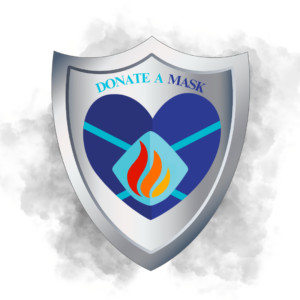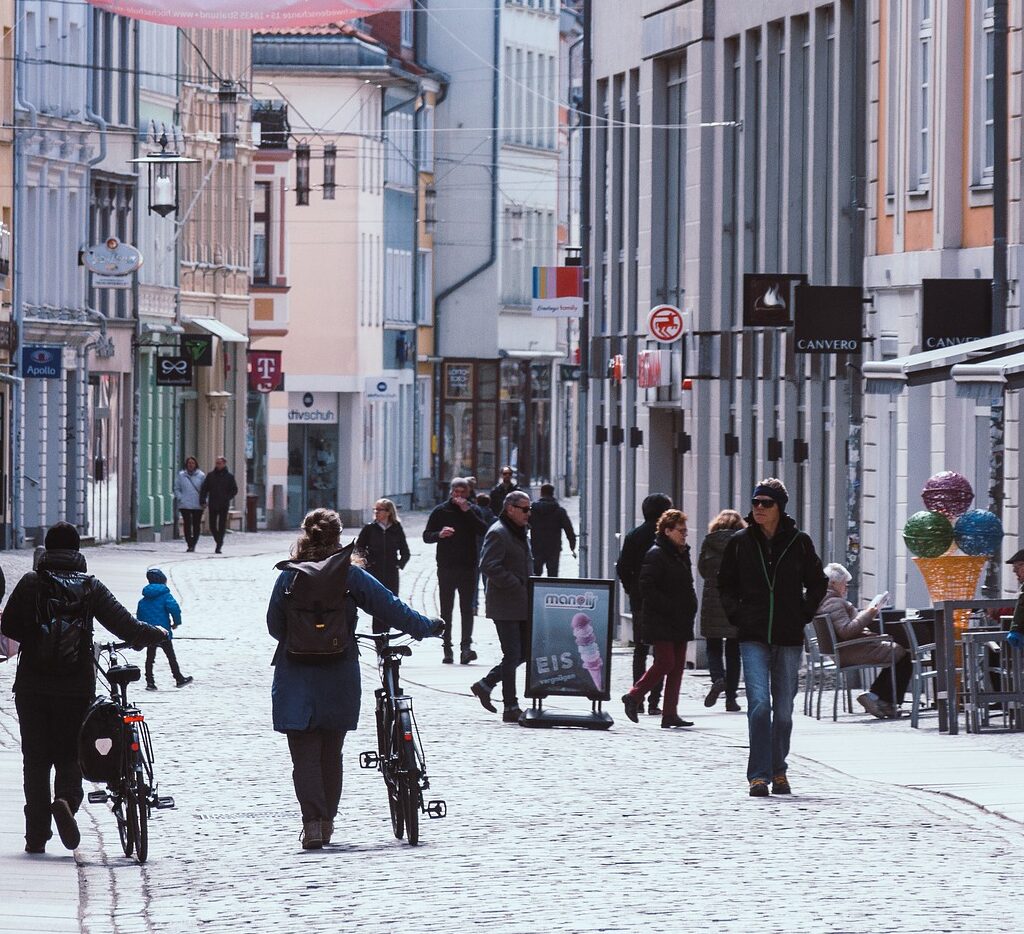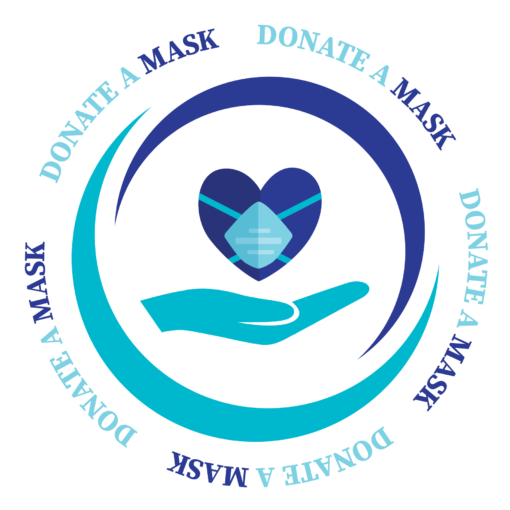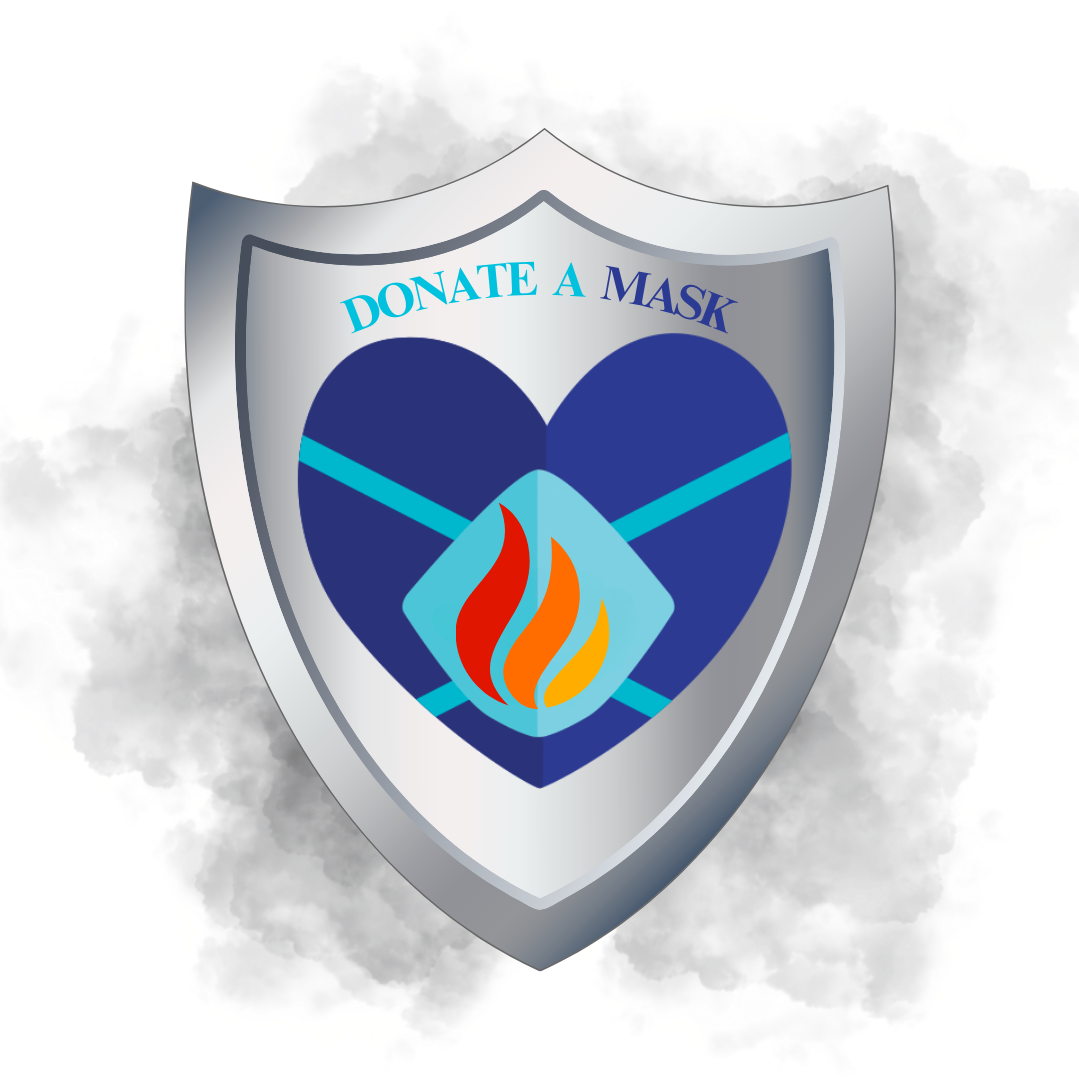Shield Me From Smoke
Wildfire Smoke Protection and Clear Air Campaign

ALL ABOUT WILDFIRE SMOKE
PROTECTIVE MEASURES YOU CAN TAKE
ADDITIONAL RESOURCES
The 2023 Canadian wildfire season was the most destructive ever recorded, with many communities across the country experiencing the significant effects of wildfires and its smoke. On Wildfire Community Preparedness Day, observed this year on May 4 2024, Donate A Mask is launching its new Shield Me From Smoke campaign, which has two primary goals:
1) To help people across Canada understand the health risks of wildfire smoke; and
2) To help mitigate these serious health risks, by providing an access point for high-quality respiratory protective equipment (RPE) including N95 or equivalent masks, and other clean air tools.
Scroll down to explore important information about wildfire smoke, and protective measures that you can take during wildfire smoke events.
ALL ABOUT WILDFIRE SMOKE
Wildfire season in Canada is typically early April-late October. Wildfire smoke can travel hundreds or thousands of kilometres from the fire zone, impacting communities far away from an active fire.
Wildfire smoke is NOT regular smoke.

WHY IS WILDFIRE SMOKE HARMFUL?
As wildfires burn, wildfires generate a mixture of dangerous gases, including carbon monoxide, polycyclic aromatic hydrocarbons, and ozone. Long-term exposure to these chemicals can cause a number of health problems. Wildfire smoke can travel hundreds or thousands of kilometres from the fire zone, impacting communities far away from an active fire.
Wildfire smoke also contains fine particles called PM2.5 (PM2.5 refers to the 2.5-micron diameter of the particles). PM2.5 particles are so small they can float, invisible, in the air for up to several weeks. Breathing in these PM2.5 particles inflames your lungs and other organs of the body.

WHO IS AT RISK?
Under heavy smoke conditions, everyone is at risk regardless of their health or age.
However, some are at higher risk of health problems when exposed to wildfire smoke, including:
- seniors
- pregnant people
- people who smoke
- people who work outdoors
- people involved in strenuous outdoor exercise
- people with an existing illness or chronic health conditions (such as cancer, diabetes, and lung or heart conditions)
- infants and young children

SPECIAL RISKS FACED BY INFANTS AND CHILDREN
Infants and young children face special risks from wildfire smoke for several reasons. In very young children, their lungs, brains and other organs are still developing and may be sensitive. Children also have smaller lungs than adults, breathe more quickly, and are usually more active than adults, especially outdoors.
For a recent literature review on this topic, see the link below.

PROTECTIVE MEASURES YOU CAN TAKE
Making a plan to limit exposure to wildfire smoke is especially important if you will be caring for children or participating in any outdoor events. If you think you might also need a medical plan or may need to keep special medication on hand, consult your doctor.
Your plan should also include these four elements below:

1) KNOW YOUR SMOKE FORECAST & AQHI
The Air Quality Health Index (AQHI) is measured on a scale ranging from 1-10+.
In Canada, an AQHI value of 10+ is typically due to very high levels of PM2.5 particles from wildfire smoke.


2) WEAR A WELL-FITTED RESPIRATOR TYPE MASK
Any mask is better than no mask during wildfire smoke events. If you have to be outdoors when the air quality is poor – such as wildfire smoke events – a well-fitted respirator type mask (e.g. a NIOSH certified N95 or equivalent) can help reduce your PM2.5 exposure. N95 or KN95 masks are designed to filter out 95% of particles that are 0.3 microns or larger, which makes them very effective at reducing the overall amount of PM2.5 particles inhaled into your lungs.
While N95 masks/respirators are effective in filtering out PM2.5 particles, they do not reduce exposure to the gases in wildfire smoke. If smoke is present for more than a few days, stay indoors when you can.
3) KEEP WILDFIRE SMOKE OUTSIDE
When wildfire events keep you indoors, it is important to make sure your indoor air is clean, and that wildfire smoke is not entering your indoor space.
- Make sure windows and doors stay closed. Check for any leaks in door or window frames.
- Close any outside air intakes, so that no outside air is coming indoors. If you are running an air conditioner, make sure it is recirculating the indoor air (instead of bringing air in from outside) and that it has a clean filter.
- Avoid using indoor or outdoor wood-burning appliances or sources.
4) USE HIGH QUALITY AIR FILTRATION
If you can, create a space indoors with filtered air. Use a HEPA air purifier, or a DIY Corsi-Rosenthal HEPA air cleaner inside that space to help filter air particles from wildfire smoke.
In addition to this, it is a good idea to use the best quality air filter that you can in your furnace, based on manufacturers recommendations. Ideally, this is a HEPA air filter (MERV 13+).
During wildfire smoke events, you might have to change your furnace filter more often than usual.

additional resources
In The News
Canadian Resources
United States Resources




Here to help
We’re proud to be part of a community of people and grassroots organizations working to keep Canadians safe. Reach out to us at any time.
Email
Twitter/X
Facebook
instagram
An initiative of the registered charity Evidence-Based Social Enterprises Canada
Charitable Organization Registration Number 754329506RR0001